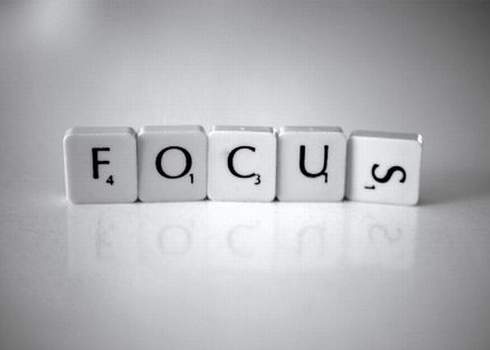Some consultants tell me that the number one problem in the workplace today is attention. People are distracted. They’re in a state of what’s called “continuous partial attention” where even at meetings, your body is there but your mind is somewhere else. You have countless gadgets constantly sending you information: texts, phone calls, emails, and reminders. All buzzing and dinging for your attention.
People not being fully present is a big problem because the most effective interactions occur when two people are mutually present to each other. That’s when rapport happens. That’s when chemistry happens. That’s when you’re going to have the most powerful communication and mutual understanding. If your attention is over there, it means you’re not over here with the person you’re with.
Lack of attention also impacts your performance. Your ability to do your job on your own is directly related to how well you can concentrate and focus. If you’re continually distracted, you just can’t get it done, or get it done well.
That’s why one of the most important things to learn in the workplace today is how to focus. Mindfulness meditation techniques can help you strengthen your attention.
I’ve found that if you do these exercises, for example, 10 minutes before you go to work, you are changing your brain. You’re heightening your ability to concentrate hours later. If you can find a way to practice strengthening your attention every day, it’s like going to the gym and building your muscles, but it’s a mental muscle.
Here’s an exercise from the concentration family of meditation. It’s a good introduction to mindfulness.
- Sit upright, close your eyes and bring your attention to your breath.
- Don’t try to control your breath, just let it be natural and easy but be aware of your breath.
- Notice the full inhalation, the full exhalation.
- See if you can feel it coming and going through your nostrils, or feel the rise and fall of your belly.
- When you notice that you’ve been distracted, simply start with the next breath.
- Tune in to any sensation any way you can. Be fully aware of the breath. Just keep your attention anchored there.
- Keep breathing in, and breathing out.
- Whenever your mind wanders, just bring it back to your breath.
- Watch the full inhalation, the full exhalation. Stay with the breath. Use it as your anchor for attention.
- Try it on your own for a few minutes.
It’s really so simple and in some ways so hard, because the mind wants to wander. In a way the basic movement of mindfulness is anchoring your attention, keeping it there, noticing when your mind wanders because it’s going to, bringing it back and starting over. What we find is that if you can keep doing this, and the longer you stay with your breath, the more relaxed your body becomes. It’s a side effect of that full attention and letting go of all those worries that keep us on edge and distracted.
For more about mindfulness in the workplace, watch my recorded webinar with Google’s Search Inside Yourself adviser, Mirbai Bush. You can also learn more mindfulness-based techniques for work with Mirabai’s latest CD Working with Mindfulness.
This post was originally published on Daniel Goleman’s LinkedIn page. To view the original post, click here.






